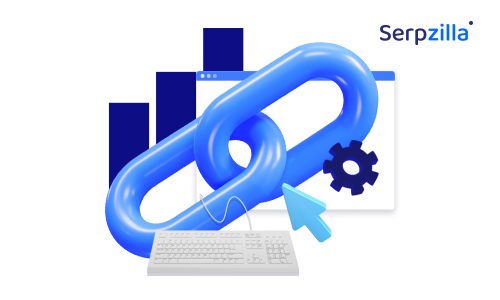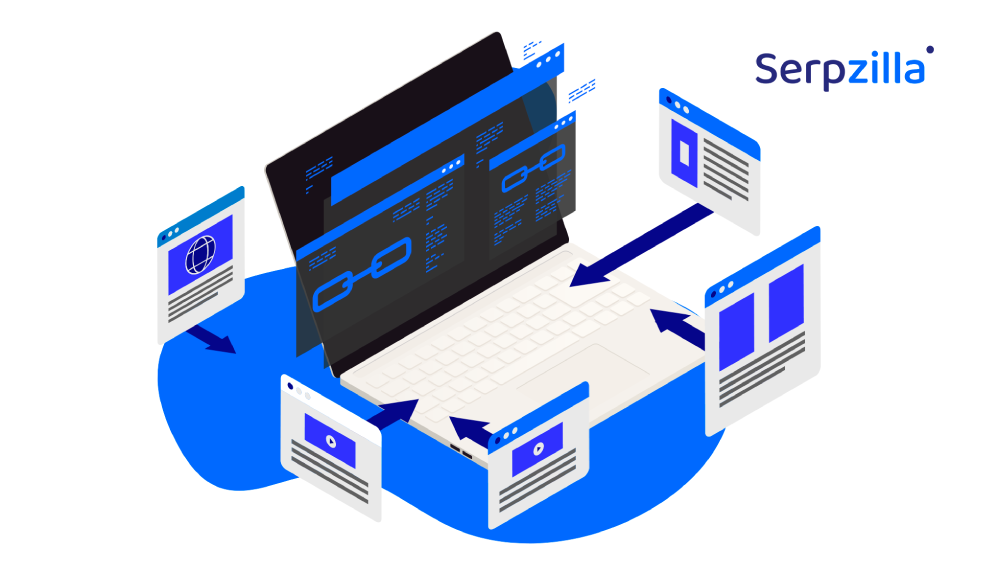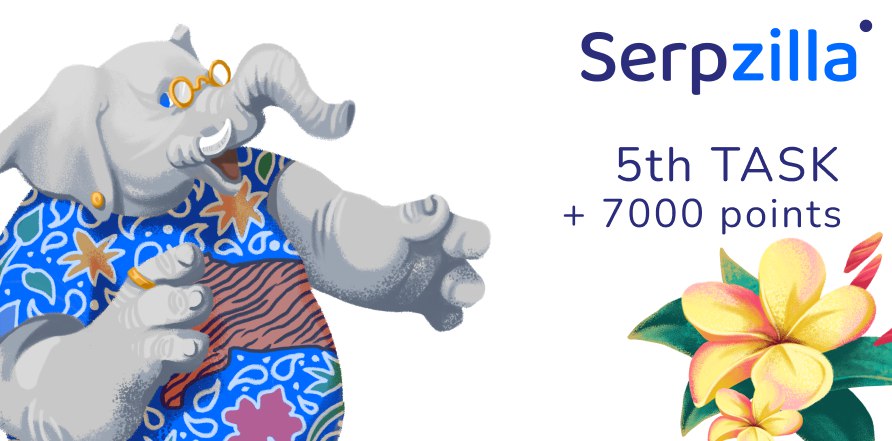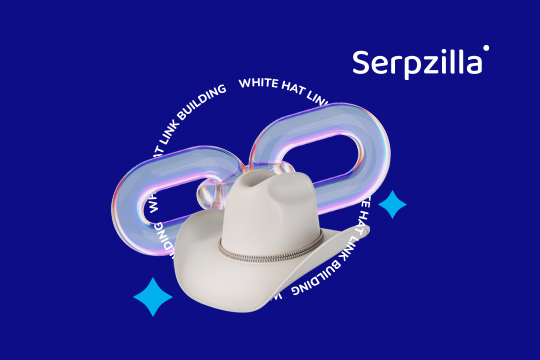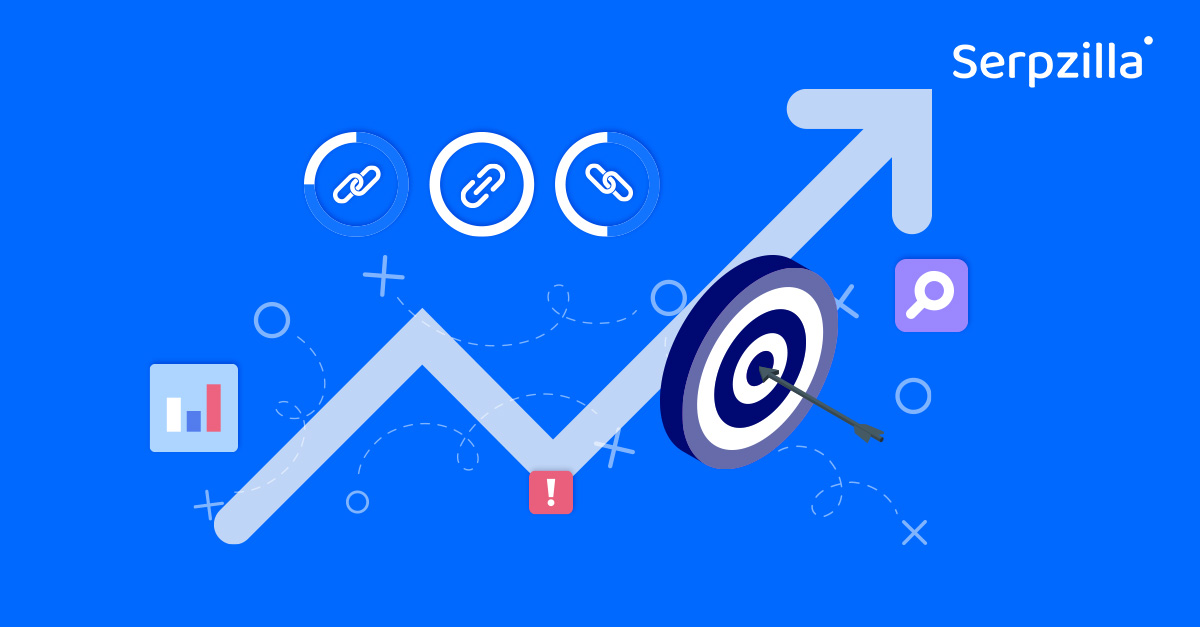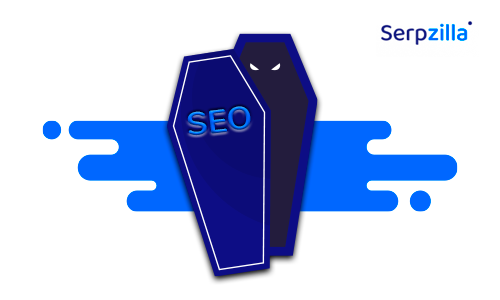We SEOs are accustomed to doing a million things at the same time. We need to be constantly on our toes to show “results” to clients. For that, we need to be fast, consistent and also need to use our budget efficiently.
The last point is the most important. Since SEO is not a very well understood subject outside of the SEO community (and in the overall context of business), we need to be very wise in using the budget, especially for off-page SEO.
So, it is common knowledge that SEO is never done on all the pages of a website. Indeed, it could be a single-page website or one with millions of pages and growing every day (such as news websites). You need to carefully choose the pages to promote every month or with each campaign.
Two critical questions are:
1) How many pages can you boost with your current SEO budget?
2) Which are those pages?
How many pages should you promote?
The short answer to the first question is, it depends on your business.
The long answer is it depends on your business 🙂 – when you say “it depends” then it follows that it’s a long answer. But at Serpzilla, we always endeavor to come up with precise numbers, from our own research and experience.
Well, if you’re a small business, you can focus on 5 to 10 pages to start with. If your area of operation is limited to your city or state, about 5 to 10 pages might be enough for you.
If you are an SMB operating on a national scale, then you could have anywhere from 10 to 30 pages. Once again, these are general numbers applicable to most businesses, but a precise estimate is possible only when you know the exact nature and size of the business.
Which pages should you promote?
There are many “obvious” answers to this question – typically you’d choose your home page, about page, product or service pages, and informative blog posts. All these are good places to begin.
However, we suggest you focus more on specific product or service pages. For example, say you’re an online grocer. Typically, you’d have “Vegetables” and “Fruits” as product categories in your main menu or top navigation. Within those, you’d have options such as Bananas, Oranges, Carrots, Tomatoes, and so on, each leading to a dedicated landing page or “product page.”

And all of these pages would have detailed information about the product, including its price, images, description, reviews and option to buy (either from the same site or elsewhere).
Such pages are the best you can have, because they have high relevance to a specific keyword. Say you search for “buy carrots” and land on this page – what do you think you can do now? Right – buy carrots!
How NOT to choose pages
Variations of your products or services tend to cause the most confusion in creating or promoting web pages. As your site grows bigger, you tend to accumulate more and more pages that talk about the same stuff.
Suppose you sell three types of carrots. Should you have three different pages, one for each type of carrot? The simple and honest answer is No. You should just have one page that lists the details for all three types and allows the user to make a choice, just like you see when you purchase apparel online.
If you try to promote multiple keyword-page combinations that are too similar to one another, you’ll end up “cannibalizing” your keywords and competing with your own pages. That’s akin to an own goal in SEO!
As a rule of thumb, you don’t want more than one page on the same topic or theme. Each page on your site should be unique and relevant in its own right. If you have two very similar pages that could appear for the same query, Google advises you to consider consolidating them.
Boost your SEO results! Link building has become fast and easy with Serpzilla. Buy quality backlinks on authority websites with high DR.

How to SEO the pages you choose
Once you finalize the pages you’re going to focus on, the big question is WHAT to do next – or HOW are you going to promote this pages?
- Optimize the structure and navigation of your site. Can people easily get to this page from the home page or other relevant sections?
- Ensure the technical SEO is up to the mark not just for selected pages, but throughout your site.
- Use internal linking wisely. Make sure there are a lot of links from important and high-traffic pages to your chosen pages, with relevant anchor text. Cross reference the content as well; don’t just focus on the links.
- Ensure the layout and functionality is as intuitive, quick, simple and easy as possible. Encourage users to buy your product with actionable CTAs.
The most important thing in SEO that will bring traffic to your pages for desired keywords is to answer the searcher’s question – or to match their intent with the content. When you do that successfully with a carefully chosen bunch of pages, you’ll find the holy grail of online marketing – qualified traffic.



